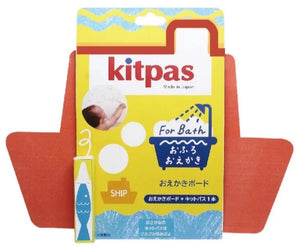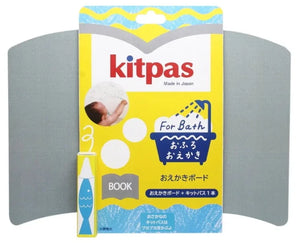KITPAS crayons
3 products found
KITPAS art crayons, the best water soluble crayons
KITPAS art crayons
With KITPAS crayons you can make the most beautiful drawings, the art crayons are suitable for paper, windows, glass, mirrors and whiteboards. The waxcos are made of paraffin wax and colored pigment, allergen-free and made in Japan.
Packed in a beautiful box in the shape of a wax co. The box closes with an elastic that is attached to the box. Use a damp cloth for cleaning.
KITPAS since 1937
KITPAS has been making high-quality drawing supplies since 1937, the first product is dust-free chalk, this chalk is the favorite chalk at schools and companies. In 1967, production is expanded and they specialize in processing the waste piles of scallops that caused serious environmental problems. KITPAS would like to reduce, reuse and recycle the material. With the help of the local government, they have developed a patented process to recycle these by-products from the shell.
The use of powdered shells has the additional advantage that KITPAS crayons are stronger, smoother and more durable! 60% of schools in Japan use these chalks, KITPAS crayons are.
In 2005 the KITPAS art crayons are introduced: living colors and water soluble, they are 100% safe, non-toxic and easy to clean. They quickly become the favorite crayons of children and parents alike and KITPAS art crayons win Japan's 'Stationary of the Year Award' in 2009.
The Mission of KITPAS
KITPAS is guided by the philosophy that everyone, regardless of their ability, can find happiness and satisfaction in their work. In 1960 KITPAS hires 2 employees with an intellectual disability. Since then, they have adapted manufacturing methods and work environment to allow them to continue to hire employees of varying abilities. Currently, 70% of their employees have an intellectual disability.
KITPAS's mission is to improve customers' creative experience, focus on eco-friendly production and empower people with disabilities. Their goal is to have 100 employees with disabilities by 2030.


